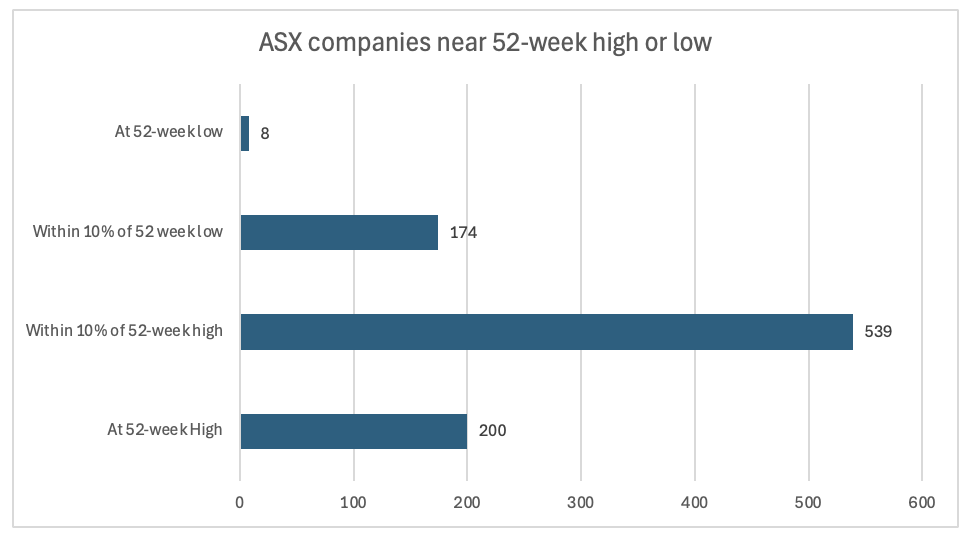These ASX blue chips missed the party, could there be an opportunity?
In his book, The 15 Invaluable Laws of Growth, John Maxwell proposed an idea that he called “the law of the rubber band”.
According to Maxwell, a rubber band is only useful when it is stretched. When you lose the tension between where you are and where you want to be, growth stops.
As an investor, I’ve often looked at rubber bands differently.
In financial markets, the more something is stretched, the more likely it is to do one of two things. Either it snaps back to something resembling its normal state, what investors often call “reverting to the mean”, or it just snaps.
Basically, the way that I see it, as share prices continue to rise (or fall), tension is added. If too much tension exists, the market will eventually correct it.
Tension is building
How the market will correct this tension can differ based on the circumstances.
When there is too much pessimism (meaning low prices), the market can release it gradually as value investors start to swoop in and start building positions before others start to feel more confident and re-enter as well.
When the market is hot, however, things can be very different.
As more buyers pile into the market (or a specific company), the market tends to lose its head. Fundamentals are forgotten and momentum becomes paramount. As momentum builds, so does the tension. In this case though, as investors seek to wring out every bit of profit before the party ends, that tension tends to get released all at once.
Stretched too far?
So, if the ASX was a rubber band right now, what would it look like? I’d argue, pretty stretched.
As of this morning, there were 200 ASX-listed companies that were currently trading at 52-week highs. How many were currently sitting at 52-week lows? Eight.

That picture becomes even more prevalent when you look beyond where a company’s share price is close to its high (let’s say, within 10% of it). The tension appears to be still building.
On top of the 200 companies at their 52-week high, there were another 539 companies within 10% of their highest points for the year. Adding this to the 200 companies at their peak, this means that the share prices of almost 40% of the ASX are near or at the highest points it has been over the last year.
If you add the 174 companies whose share price is near its 52-week low to those that are already there, you still get less companies than 200 at their 52-week highs.
Where's our invitation?
One interesting observation is that in that tiny group of companies who appear to have not been invited to the ASX party, there are some big names.
The biggest of which is Woolworths (ASX: WOW).
After releasing a lacklustre result, made worse by a solid result from its arch rival, Coles (ASX: COL), the share price of the fresh food people has plummeted. Not only is it currently trading at 52-week lows, but you’d also have to go back to 2019 to find a day when the share price was lower.
This is despite Woolworths still having the largest share of the Australian groceries market and ranked as one of the country’s most valuable brands.
Another name that might pique the interest of investors looking for potential blue chip opportunities at low prices could be Treasury Wine Estates (ASX: TWE).
Australia’s largest wine company has had its fair share of challenges over the last few years – including being engulfed in a trade war with China and poor performance from its portfolio of US-branded beverages. This, plus concerns over the company’s future growth, have sent its share price to the lowest point it has traded at in some time.
Still, many might look at the ownership of Penfolds, which contributes the bulk of the company’s revenue and profit, and international opportunity, not to mention a P/E ratio of around 14.5x as being interesting.
4 topics
3 stocks mentioned

